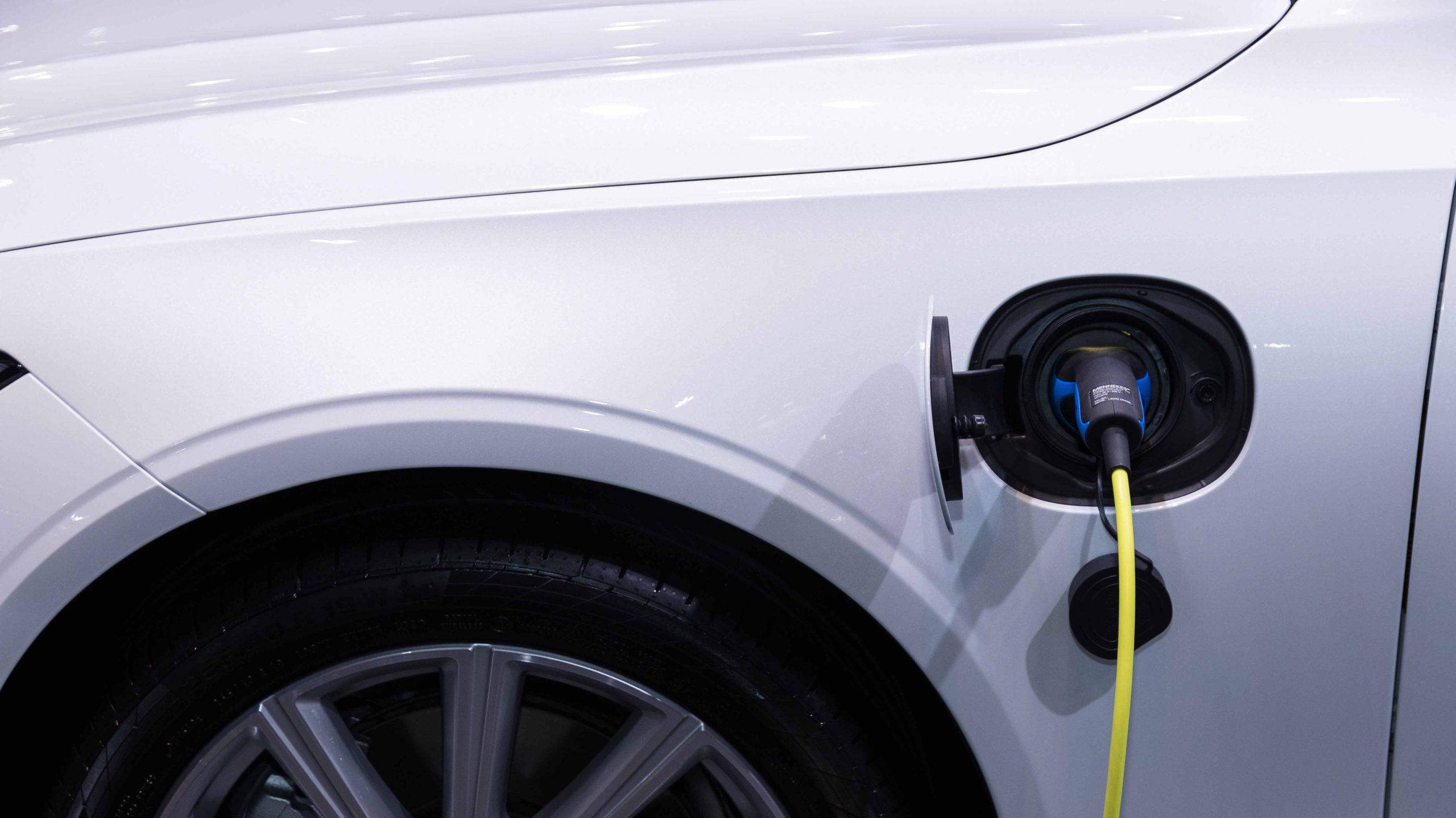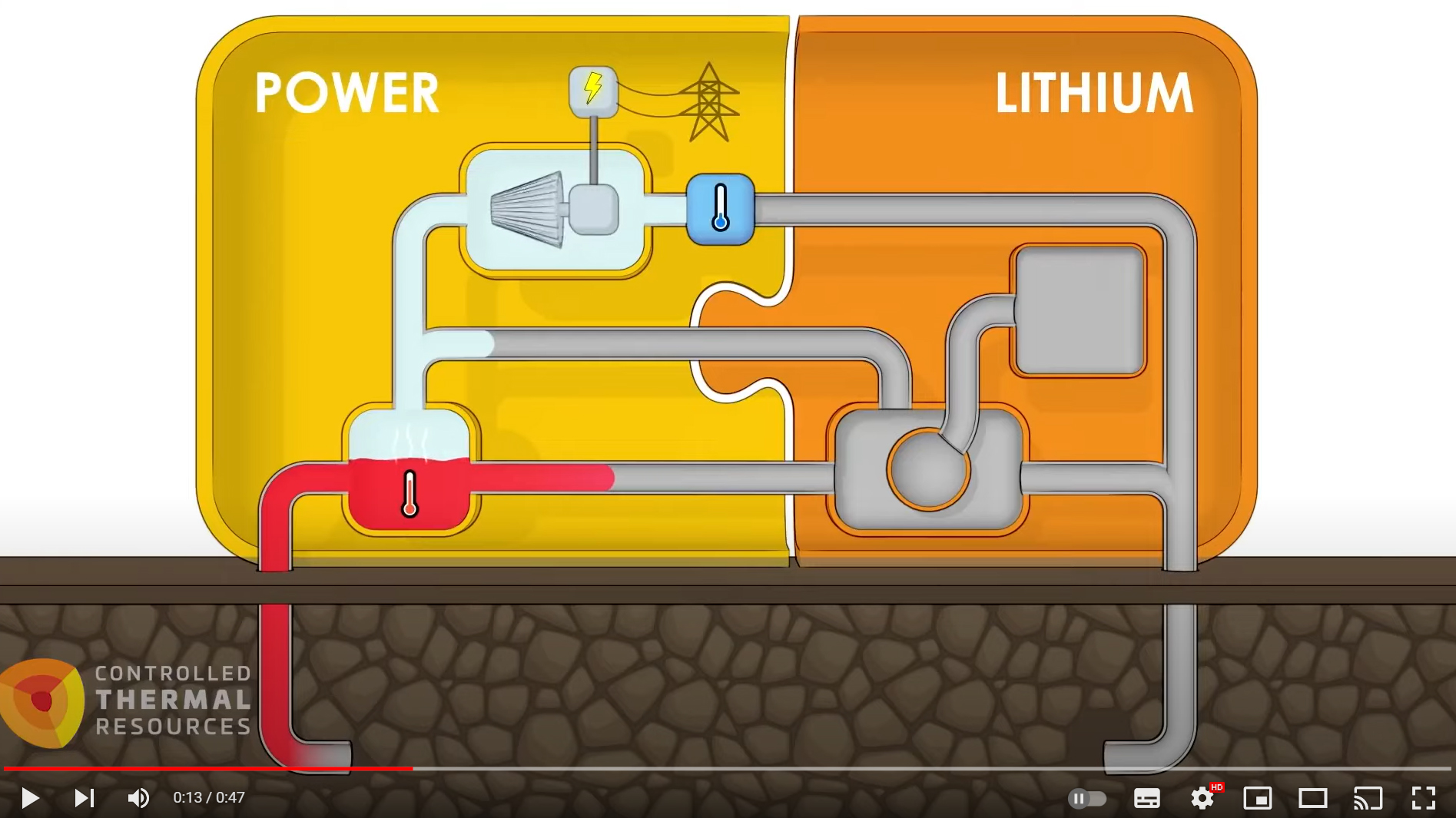
Lithium Production from Geothermal
Geothermal energy can be used to extract lithium from geothermal brines, providing a sustainable and cost-effective way to produce this valuable metal.
Lithium is a key component in the production of rechargeable batteries used in electric vehicles, mobile devices, and other electronics.Geothermal brines are naturally occurring underground water sources that are heated by geothermal energy.
These brines often contain dissolved minerals, including lithium, which can be extracted through a process called direct lithium extraction (DLE).
The DLE process involves pumping the geothermal brine to the surface, where it is first treated to remove any impurities. The brine is then fed into specialized membranes that selectively bind to lithium ions, allowing them to be separated from the other minerals. The lithium can then be extracted from the membranes and purified for use in battery production.
Using geothermal energy for direct lithium extraction has several advantages. First, it is a low-carbon and sustainable process, as it uses the heat energy from the earth instead of relying on fossil fuels. This can help to reduce greenhouse gas emissions and mitigate climate change. Second, the process can be more cost-effective than traditional lithium extraction methods, as it requires less energy and can be done on a smaller scale.
Nonetheless, geothermal brines can still be a viable source of lithium, especially in regions with high geothermal activity and a lack of other sources.
Overall, using geothermal energy for direct lithium extraction can provide a sustainable and cost-effective way to produce this valuable metal, supporting the growth of the electric vehicle and electronics industries while reducing reliance on fossil fuels.

For original of this video and more from its contect creator please visit : YouTube @ConversationEDU
Geothermal is as an everyday advancing technology on the verge of unlocking vast quantities of lithium from naturally occurring hot brines under the ground.
Lithium is essential for lithium-ion batteries, which power electric vehicles and energy storage.
Helps Climate Change
Geothermal energy has the sixth-lowest carbon footprint of all energy types. Per kWh produced, geothermal energy emits 38 grams of CO2 on a life-cycle basis. It combats climate change, comes with various environmental benefits, and has only minute amounts of greenhouse gas emissions.
Lowest levels of CO2
Geothermal energy is a sustainable energy source that uses heat from the earth’s core and produces little to no waste products while promising one of the lowest levels of carbon dioxide (CO2) emissions. So we had to ask: What is the carbon footprint of geothermal energy?
Some Facts
Eighty-five percent of all human-produced carbon dioxide emissions come from the burning of fossil fuels like coal, natural gas and oil, including gasoline as well as some industrial processes such as cement manufacturing. All the Termites on Earth produce more CO2 than humans do!
Geothermal Sources
are a one of the kind renewable energy types and will never deplete. Abundant geothermal energy will be available for as long as the Earth exists. It is a renewable energy source from the heat generated by the earth's internal core and is available 7/24/365 as long as we care about it.

